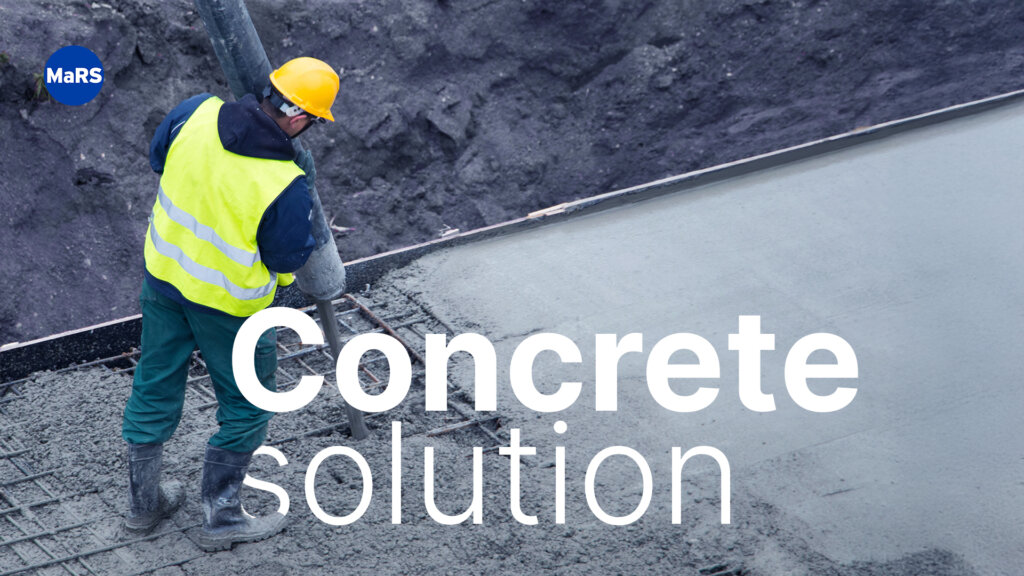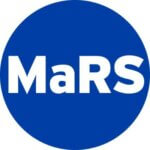Home » Concrete Solution
Concrete Solution

The post "Concrete Solution" on MaRS Discovery District highlights innovative advancements in concrete technology that address both sustainability and performance challenges in the construction industry. The significant environmental impact of traditional concrete production, which is responsible for a substantial portion of global carbon emissions, is a major concern. The article discusses new materials and methods being developed to create greener alternatives to typical concrete.
One key innovation is the incorporation of recycled materials in the concrete mix, which not only reduces waste but also lowers the carbon footprint of production. Researchers are experimenting with using industrial by-products, such as fly ash and slag, as substitutes for traditional cement. This not only minimizes the reliance on virgin materials but also enhances the durability and performance of concrete structures.
Another focus is on optimizing the concrete mixing process to improve energy efficiency. New mixing techniques and equipment designed to reduce energy consumption during production are being prioritized. These advancements aim to create a more sustainable supply chain for construction projects.
Additionally, the article emphasizes the importance of novel additives and chemical agents that can enhance the characteristics of concrete. For example, the use of bio-based additives can improve the hydration process, leading to stronger and more durable concrete. Other innovations include the development of self-healing concrete, which contains special bacteria that can repair cracks, extending the lifespan of structures and reducing maintenance costs.
The convergence of construction technology with digital tools is also explored. Innovations in building information modeling (BIM) and predictive analytics can help contractors better plan and execute projects, leading to less waste and more efficient material use. Integrating data analytics into the construction process allows for real-time adjustments based on performance metrics, ultimately improving the sustainability and effectiveness of concrete solutions.
The post also highlights various case studies and projects where these new concrete technologies have been applied successfully, showcasing their potential benefits. These real-world examples serve as evidence of the feasibility and advantages of adopting greener concrete practices.
Furthermore, the importance of collaboration between researchers, industry stakeholders, and policymakers is underlined. Encouraging partnerships and knowledge sharing can accelerate the development and adoption of these innovative solutions, making sustainable concrete practices more widespread.
The article concludes by stressing the urgent need for the construction sector to embrace these advancements in concrete technology as part of a broader strategy to combat climate change. By prioritizing sustainable materials and methods, the industry can make significant strides toward reducing its environmental impact.
In summary, "Concrete Solution" sheds light on groundbreaking innovations in concrete technology that aim to make the construction industry more sustainable. By incorporating recycled materials, optimizing production processes, utilizing novel additives, and leveraging digital tools, these new approaches offer promising pathways to minimize the ecological footprint of concrete while enhancing its performance in building projects. The post serves as a call to action for industry leaders to adopt these advancements and work collaboratively towards a more sustainable future in construction.
MaRS Discovery District
https://www.marsdd.com/
MaRS is the world's largest urban innovation hub in Toronto that supports startups in the health, cleantech, fintech, and enterprise sectors. When MaRS opened in 2005 this concept of urban innovation was an untested theory. Today, it’s reshaping cities around the world. MaRS has been at the forefront of a wave of change that extends from Melbourne to Amsterdam and runs through San Francisco, London, Medellín, Los Angeles, Paris and New York. These global cities are now striving to create what we have in Toronto: a dense innovation district that co-locates universities, startups, corporates and investors. In this increasingly competitive landscape, scale matters more than ever – the best talent is attracted to the brightest innovation hotspots.


